The number of hearty meat stews on this adventure has so far been overwhelming. We’ve had a sweet beef stew inside a pumpkin from South America, smoky hearty overloaded soup from Europe, and spicy palm oil chicken from Africa. It was time to do something different.
We could have easily stuck to the theme in Armenia, but I came across two traditional dishes that sounded intriguing and delicious. And they just so happened to be vegan. Imagine that!!
THE CUISINE
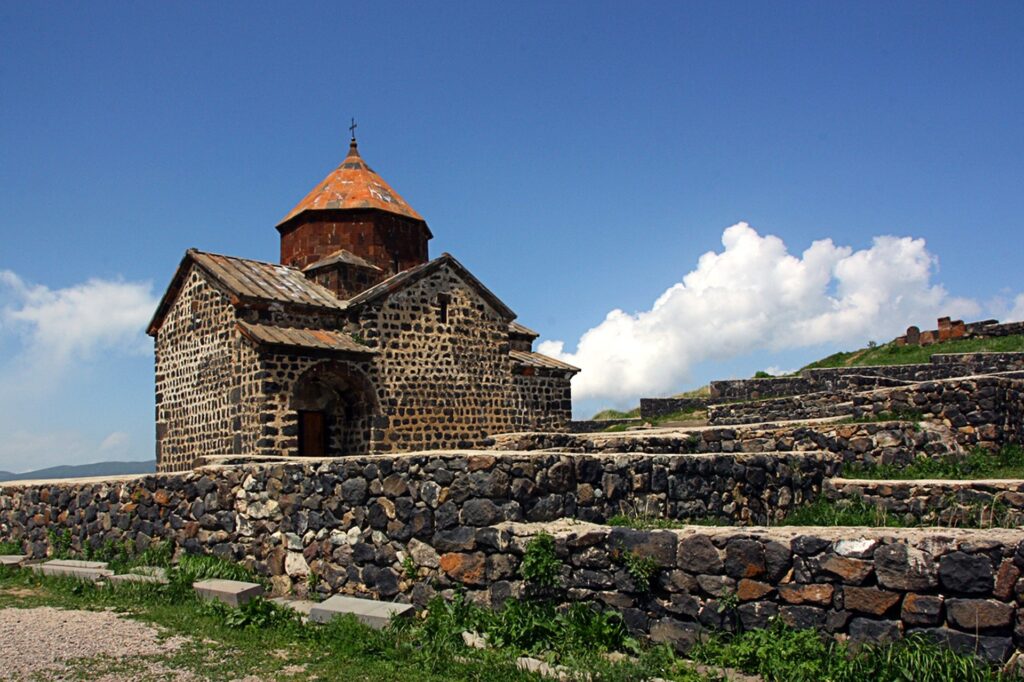
An interesting question that often arises when talking about Armenia is whether it is part of Europe or Asia. From my research, I have discovered that geographically speaking the country is in Western Asia, but culturally, most would consider it part of Eastern Europe.
There are also of course some political and historical issues that come into play when determining which continent it sits on.
I should also mention that there are some major political issues happening in Armenia right now. This is a food blog so I will stick to the food, but you should do some research to understand what is happening in the region right now.
For this blog post, it’s important to know that like Turkey, many consider Armenia in Europe and others consider it in Asia. It’s truly in between two continents and cultures.
There’s no arguing that Armenia is in the southern Caucaus and is a landlocked country. It borders Turkey, Georgia, Iran and Azerbaijan (coming up soon!)
And no doubt all of this plays into the cuisine here. You can see touches of European tastes and touches of Western Asian flavors.
The National Dish illustrates two of the most important components in Armenia cuisine: grain and meat called Harissa (different from the North African condiment) and is a thick porridge made form cracked wheat and meat (chicken or lamb).
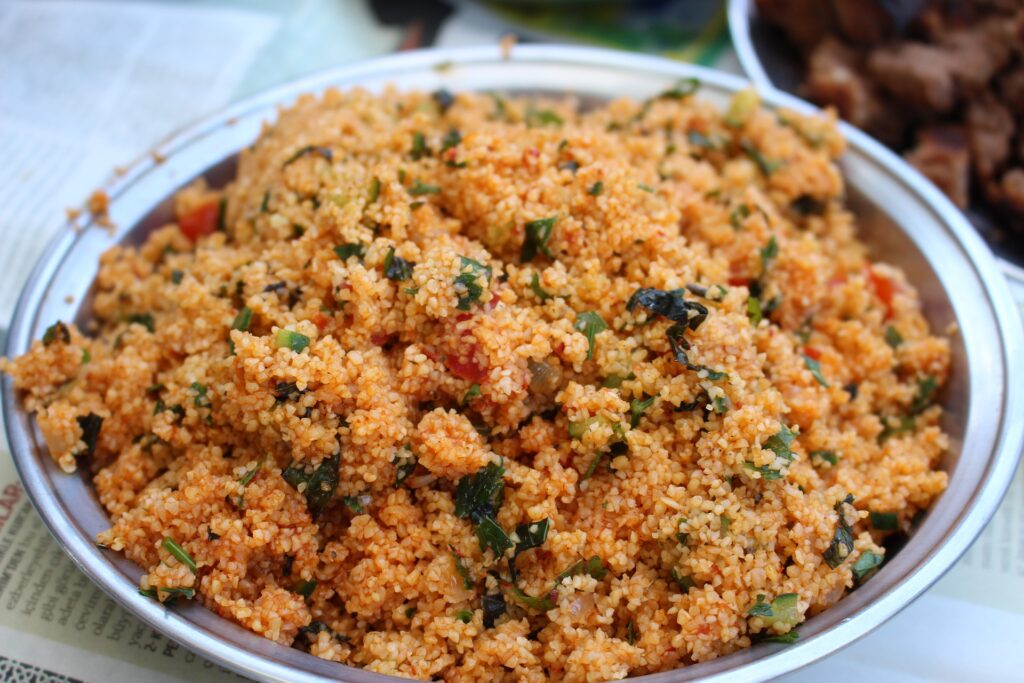
By far the most important staple grain in the Armenian diet is bulgur. You’ll find rice and barley, but not nearly as often as bulgur. Although breads are also a major part of any meal.
When it comes to meat, Armenians eat almost all of it – lots of pork, beef, mutton, lamb, and chicken. And all of it at some point will find its way onto a kabob.
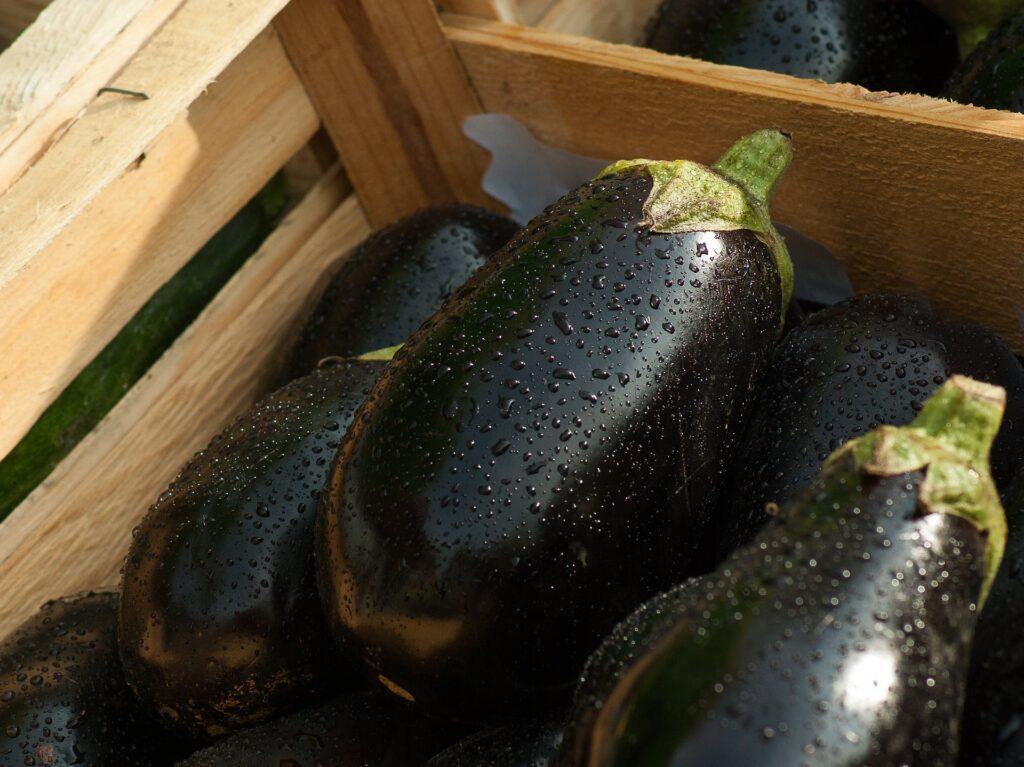
Vegetables like eggplant, peppers, grape leaves (stuffed of course), and tomatoes. Fresh herbs (again as showcased in the eech salad below) and spices like cinnamon, sumac, and paprika find their way into many of the dishes.
There is a little bit of everything in the cuisine of Armenia. I think I’ve made clear how important meat is to the diet, but here I am about to present two completely vegan dishes from the country. Who would have guessed?
ARMENIAN FOOD IN NEW YORK

And while there are a few Middle Eastern restaurants around Manhattan, Brooklyn, and Queens that also prepare Armenian dishes, few are distinctly Armenian. In Brooklyn, there is Hi Food Cafe and in Queens, there is Sevan. Both require some dedication to get to via public transportation, but no doubt both are worth the trip.
All this being said, I think many foodies know that the most abundant Armenian cuisine can be found in Los Angeles. They have a neighborhood known as Little Armenia, in fact. I might not be able to find Topik out here, but I imagine somewhere in LA will prepare it if you ask nicely.
THE VIDEO
I think this might be the funniest video we’ve made yet. And I give all the credit to adorable Sam.
Not only does he help me peel onions and chickpeas (incredibly time consuming), he composes a wonderful improvised song that rivals anything on the internet today. Well maybe not, but it’s still pretty cute.
THE DISHES
If any Armenians are reading this and see the two dishes I chose for our Armenian cooking adventure, they would assume we were doing this to signify Lent.
Coincidentally, both of these vegetarian dishes are traditionally eaten on Fridays during Lent when of course meat is not allowed. But I chose them because they were different enough from the other food we’ve been cooking and they just sounded quite unique.
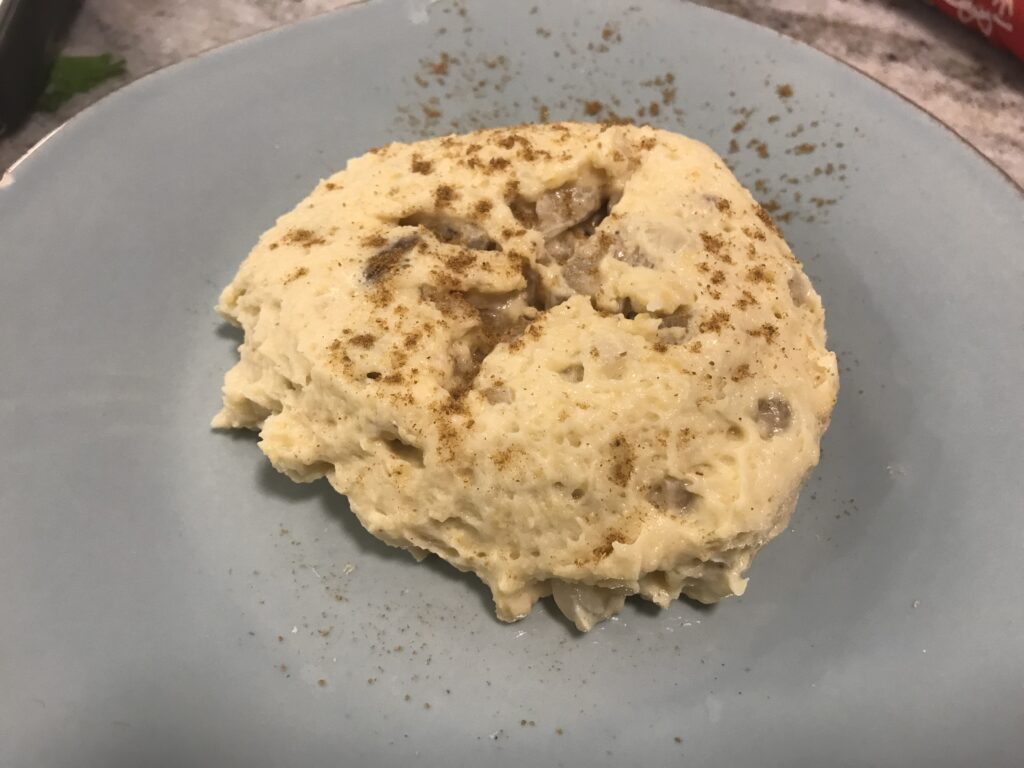
I was especially intrigued by the idea of Topik. This is a very old Armenian dish that is most popular with Armenians who have settled in and around Istanbul. Due to that, it has also become an important part of Turkish cuisine as well. It is served among other small dishes as a mezze.
Traditionally, the mass of potato and chickpea stuffed with tahini-laced sweet fillings, was boiled. It seems that method has fallen out of fashion and now the dumplings are just chilled until firm and served cold with some lemon, olive oil, and cinnamon.
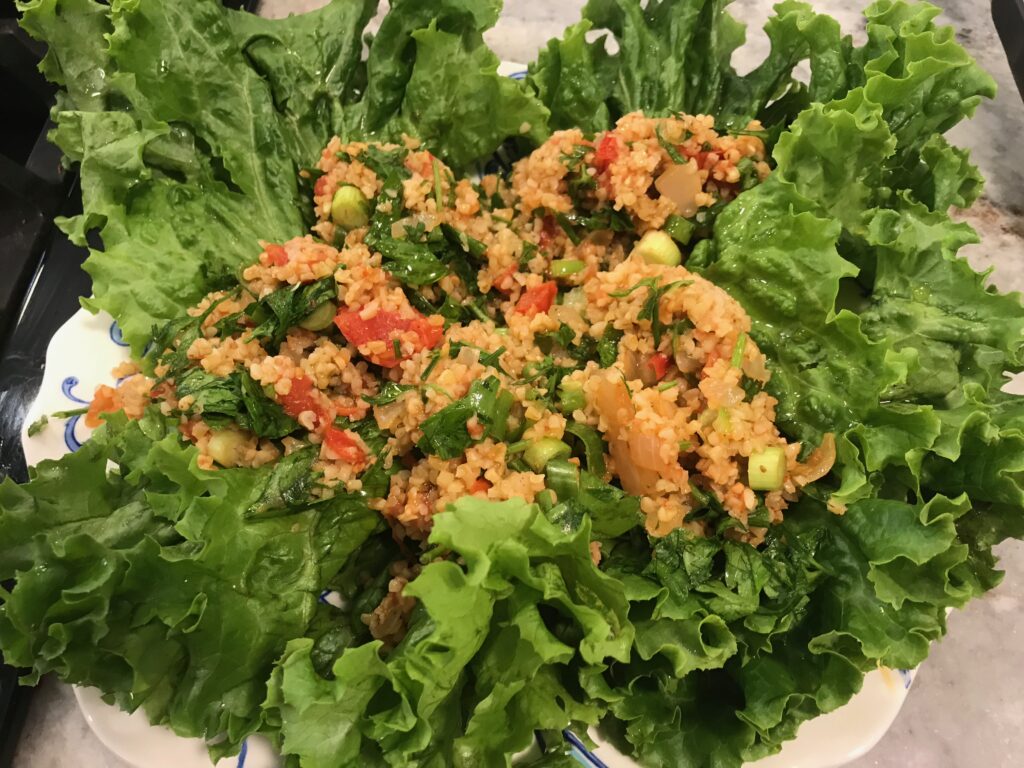
Also on the Lenten mezze plate is Eech (pronounced Itch). It is in the same family as tabbouleh, but heavier on the tomatoes and lighter on the parsley. Bulgur is the main ingredient.
Interestingly, this also works as a vegan version of a popular raw meat dish known as Kheyma. Similar to steak tartare, the meat in Kheyma is ground finely and mixed with spices to form what looks like a meatball or sausage.
I guess when done properly, eech looks similar in form and texture. I wasn’t necessarily going with that with my version, but I appreciate the idea.
It reminds me of the carrot hot dogs and the cantaloupe burgers we have in trendy New York.
SPECIAL INGREDIENTS
Depending on your experience with international cuisines, you may not find these ingredients too unusual. But they may require a little searching to uncover in local supermarkets.
Bulgur
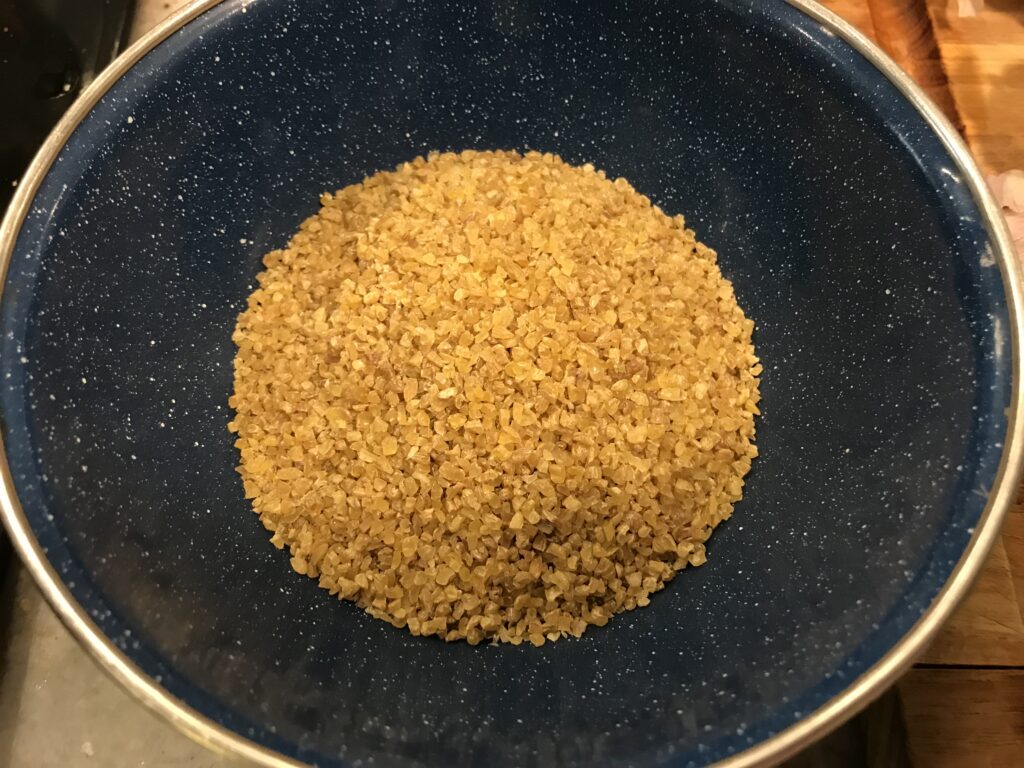
So what exactly is bulgur? It is very similar to cracked wheat but is technically not the same thing. It is indeed cracked wheat kernels but it is parboiled and dried. So it cooks a lot faster than other types of wheat products like wheat berries and freekeh. You’ll notice in the recipe that it is essentially only lightly steamed with the other ingredients.
Bulgur comes in varying levels of coarseness. For the eech recipe, you want to try to find fine ground. By now, all health food stores will carry bulgur.
Tahini
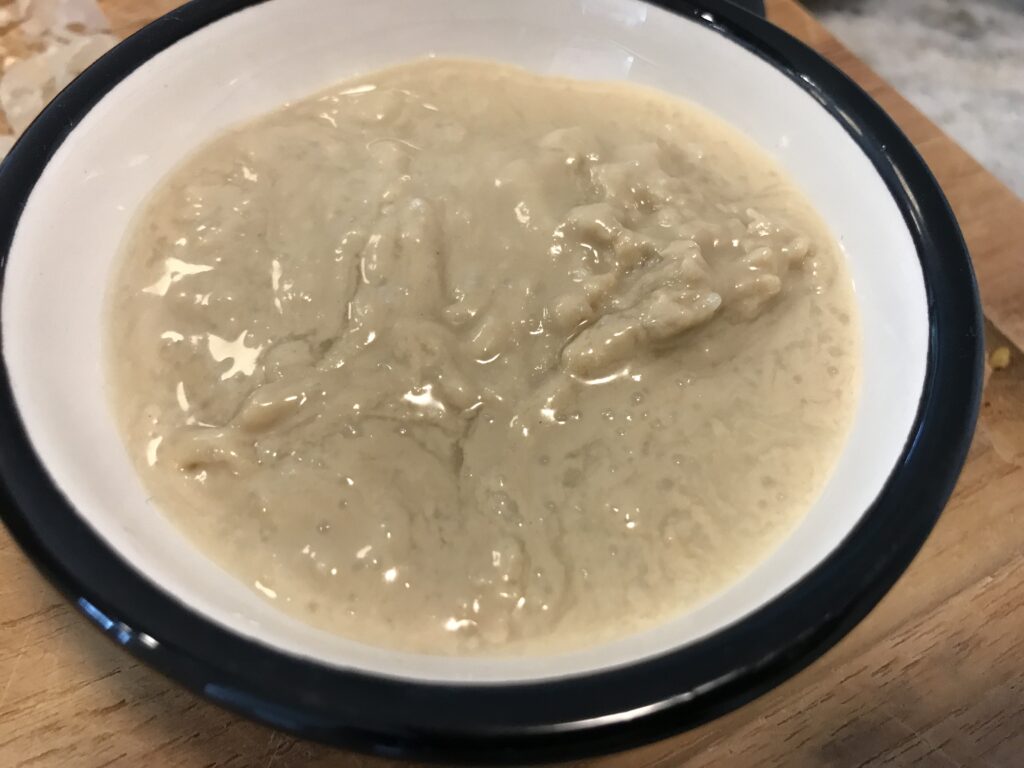
Yum! Tahini is one of my favorite all time flavors. If you’ve ever eaten hummus or falafel, you have probably experienced the wonderful nutty creamy world of tahini.
Quite simply, tahini is a sauce made from ground sesame seeds. It is popular in many places around the world from the Middle East to North Africa to the Eastern Mediterranean to this area.
Today you can probably find tahini in most specialty grocery stores, but certainly anywhere with a large Middle Eastern community.
I really miss visiting a business called Seed + Mill in the Chelsea Market here in NYC that specializes in tahini and sesame products. But now I see they deliver, so I may have to take advantage of that. You should too.
Sumac
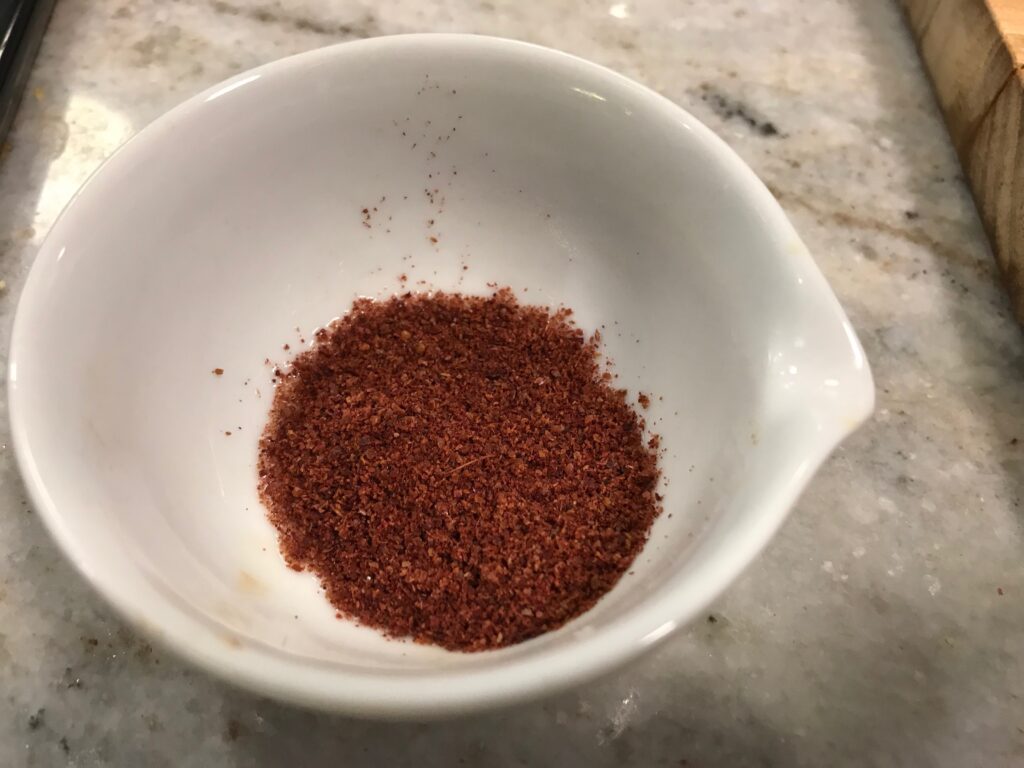
It’s hard to confuse sumac with other similar spices because of its deep red color. I really like sumac. It comes from the sumac berry which is dried and ground.
Flavorwise, it has a mild tartness that adds a subtle punch to certain dishes. It’s used around the Middle East and I always enjoy using it when a recipe calls for it. If you do buy it and need to find some other uses for it, just sprinkle it on top of some hummus. Works every time.
THE RECIPE
Topik from Armenia
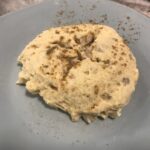
A vegan Lenten dish, this is a very unique potato and chickpea dumpling stuffed with a sweetly spiced onion and raisin filling
Dough
- 1.5 cups cooked chickpeas (peeled)
- 2 russet potatoes
- 2 tbspn tahini
- 1/4 tspn cumin
- 1/2 tspn salt
Filling
- 10 white onions (sliced)
- 1 tbspn oilve oil
- 1 tspn salt
- 1/2 tspn black pepper
- 1/4 tspn allspice
- 3/4 cup currants or raisins
- 3/4 cup pine nuts
- 1/2 tspn cinnamon
- 1/2 cup tahini
Final Touches
- lemon juice
- salt
- cinnamon
Filling
-
Halve the onions and then slice them as thinly as possible.
-
Add them to a large pan over low heat to allow them to sweat. Keep covered until they have released their liquid and become translucent. About 40-50 minutes.
-
Once wilted, drizzle them with some olive oil.
-
Add salt, pepper, allspice, currants or raisins, pine nuts, cinnamon, and 1/2 cup tahini. Stir well and cover for a few minutes.
-
Allow to cool before assembling.
Dough
-
Cook and peel chickpeas.
-
Boil potatoes abou 15 minutes until tender. Cool, then peel and cut into large chunks.
-
Add chickpeas, potatoes, 2 tbspns of tahini, salt, and cumin to food processor (or blender) and process until it forms a dough.
-
Alternatively, you can mash everything together.
Assemble
-
Flatten 1/6th of the dough onto plastic wrap or a cheesecloth. Put filling on top and carefully fold dough over using the plastic wrap or towel to create a pocket.
-
Smooth edges and wrap in plastic wrap. Chill in the refrigerator at least 6 hours but better to do it overnight.
-
After chilling, carefully unwrap the topik. Slice a cross shape in the center and top with lemon juice, cinnamon, and a drizzle of olive oil.
Eech from Armenia
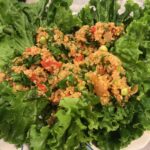
A lovesong to Armenia's favorite grain, bulgur, this salad is similar to tabbouleh but a bit heavier on the tomatoes. It is typically eaten during Lent and is sometimes called mock kheyma (a raw beef dish).
- 1/4 cup olive oil
- 1 cup bulgur (#1 fine, if possible)
- 4 tomatoes
- 1 onion (diced)
- 2-3 garlic cloves (minced)
- 1 tbspn red pepper paste
- 1 tbspn tomato paste
- 1.5 tspn salt
- 1 tspn sumac
- pinch paprika
- 1/2 cup lemon juice
- 1.5 cups parsley (chopped)
- 3 scallions (chopped)
- lettuce cups (for serving)
-
Wash the bulgur.
-
Chop two of the tomatoes and grate the other two.
-
Heat oil in large pot and cook onions over medium heat until translucent. About 5 minutes.
-
Add garlic and grated tomatoes (with liquid). Bring to a boil.
-
Add red pepper paste and tomato paste. Add chopped tomatoes, salt, sumac, paprika, 3/4 cup of water, and lemon juice. Bring back to boil and then lower to simmer for 10 minutes.
-
Add bulgur, stir well, and cover. Turn off the heat and let sit for 45 minutes.
-
Add parsley and scallions. Scoop spoonfuls of salad onto lettuce cups to serve. Drizzle with olive oil.
HOW I SCREWED IT UP
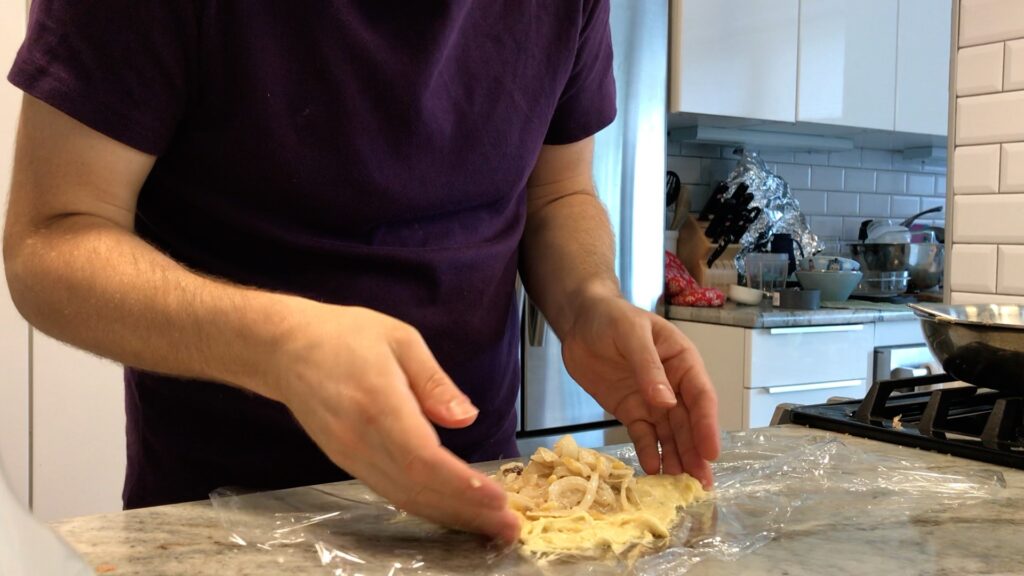
So I knew I wasn’t going to be able to perfect this very traditional classic Armenian dumpling. There was just no way on my first time making anything like this.
And I was right, although to be honest, it came together a little better than I expected. It mostly held together and had a nice creaminess and distinct sweetness.
But when compared to the photos I’ve seen on the internet of these beautifully composed balls, I know that this was nothing like it was supposed to be.
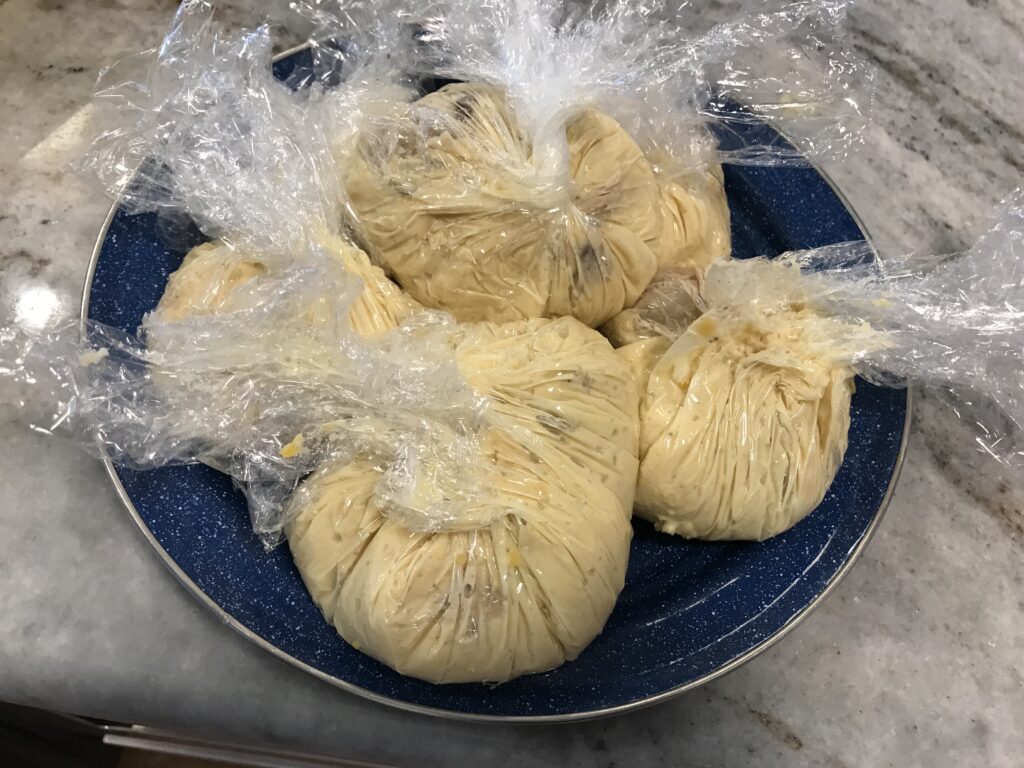
What went wrong? Well, first off I sped up the chilling time a bit. We tried ones after a few hours of chilling with the rest of our dinner. But we did keep the others in the refrigerator until the next day and they fared just slightly better.
We also used a blender and then a Nutri-bullet in place of a food processor. That might be the next kitchen tool we invest in. So I had some trouble making it as smooth as necessary.
To be honest, I’m not sure what else I did wrong, although I know there were probably many mistakes. If anyone knows this dish (or has a better cooking instinct), let me know in the comments how I could have fixed this.
In terms of flavor, I quite liked it. Sam was a bit more critical as you will read below.

The eech came out nicely. It was fresh and crisp with lots of colors, flavors, and textures. I probably could have amped up the spice a bit and included some more tomatoes, but it was a nice salad and I don’t think it was so far off from what you might find in Armenia.
SAM’S REACTION

In addition to the two vegetarian mezze, I also made a lemony chicken that Sam just devoured. I made it because we needed something more substantial and I knew these were both asking a lot of a three year old.
The salad was not touching his lips, no matter how hard I tried. But the kid was intrigued by the Topik. He didn’t really eat it but he touched it to his tongue to see what it was all about.
He kept repeating over and over again “It doesn’t taste like anything!” So I guess he thought it was bland. I don’t know if I would have used that word, but it definitely had a mild flavor.
Even though he didn’t try anything, I was rather proud of him. Especially because he thought something that he found to be bland was not good enough. I guess he loves bold flavors. That’s my boy!!
NEXT WEEK

We’re heading to a land down under!! Where food is life and it’s always summer!!
Hopefully you sang that to the tune of an 80’s song by Men at Work. So, yes, next week is Australia, which I promise is so much more than shrimp on the barbies, Crocodile Dundee, and catchy 80’s songs. What do you think about when you think of Australia?


